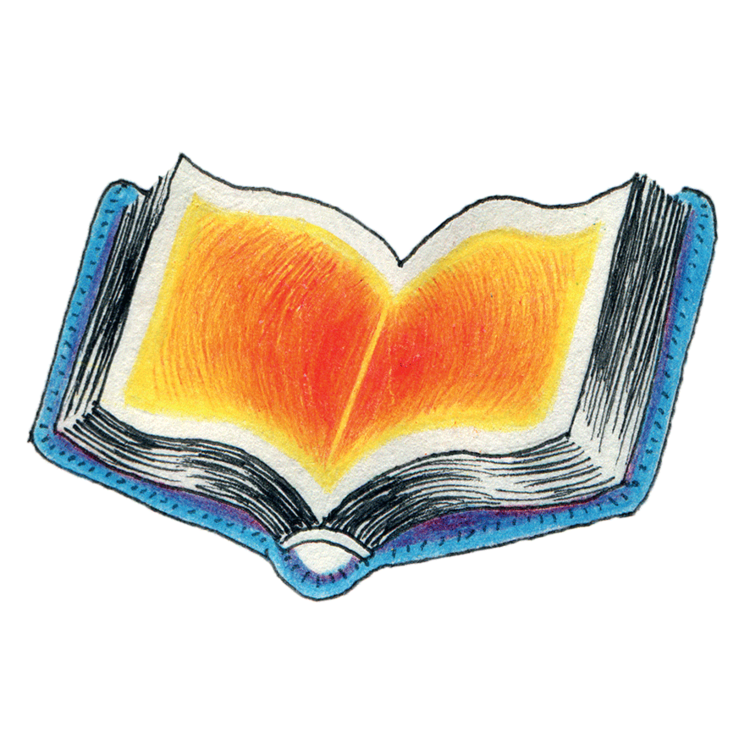Image © Hayao Miyazaki
Internationally renowned for directing anime under the banner of Studio Ghibli, Hayao Miyazaki has been responsible for classics of animation such as Spirited Away, Princess Mononoke and My Neighbour Totoro – films that are without parallel in their evocation of a reality infused with the gently fantastic.
And yet, in his native Japan, he is equally revered for his first (and only) manga, Nausicaä of the Valley of the Wind. Set in a future entirely ravaged by the warring hand of man, in a time well past humanity’s prime, the greater part of the earth is now occupied by the Sea of Corruption, an ever-spreading, fatally toxic forest, populated by monstrous, insectoid creatures. In sharp and nearly hopeless contrast to this now vicious world, tiny pockets of human habitation lie scattered across the planet, one of these being the relatively idyllic kingdom of the Valley of the Wind, home of the eponymous princess Nausicaä. The valley’s idyll, however, is a precarious one; the Sea of Corruption continually threatens to swallow their land, and the precious few other human habitations are, to put it mildly, reluctant to let go of their old warring follies.
Thus, the stage is set for a tale that is epic in stature, rising in scope from each volume to the next (there are seven in total), spiralling impossibly higher and higher, never once subsiding into obvious contrivances of storytelling. Written and drawn over a period of twelve years, the sheer page-count of Nausicaä allowed Miyazaki to invest his characters with remarkably layered inner natures; villainy is never irrevocable, no matter what horrors it might have had a hand in, and goodness in all its guises is given the chance to be flawed and entirely mistaken. Which makes, of course, for a wonderfully unpredictable and compelling read.
The vast sweep of the story is breathtaking in its ability to absorb and evoke - in such potent fashion so as to feel bewilderingly real - myriad manifestations of the human condition; among those that spring immediately to mind are injustice, cruelty, fleeting joy, sacrifice, mortality and the wish for peace. Nature itself appears as the living presence at the centre of this seeming tumult, at once terrifying in its unpredictability and benign in the grander, kindlier scheme that it embodies. The world drawn into being in these pages is whole in every sense; varying facets (not always flattering) are brought constantly to light, ranging from the sublime to the simply brutal. For the reader, the expansive range of the emotional texture traversed results in a near-total immersion. The story’s enormous and unrelenting power allows it to engineer that rare shift: a tale whose telling moves the reader from an engaging form of spectatorship into the realm of the profoundly felt.
Staggering in its density and scope, Nausicaä houses a narrative so tightly woven that a casual glance threatens to overwhelm. And yet, on closer inspection, the detail and fluidity of the drawings (done in pen and ink) becomes readily apparent, though they never detract from the story, nor call undue attention to themselves. Despite this, in the most unlikely and restricted of spaces, Miyazaki cannot help but form pictures that - being so seamlessly integrated with and subsumed to the service of the story – seem to sing with grace and economy.
Coming in at well over a thousand pages, Nausicaä amounts to an extended - and magnificently readable - meditation on the capacity of humanity to redeem itself, shot through with fantastic ecology and strange science. Never obviously moralistic in tone, it nonetheless comes to a close as a story so powerfully told that the reader cannot help but sit up and listen.
The New Indian Express, 14/03/2009
